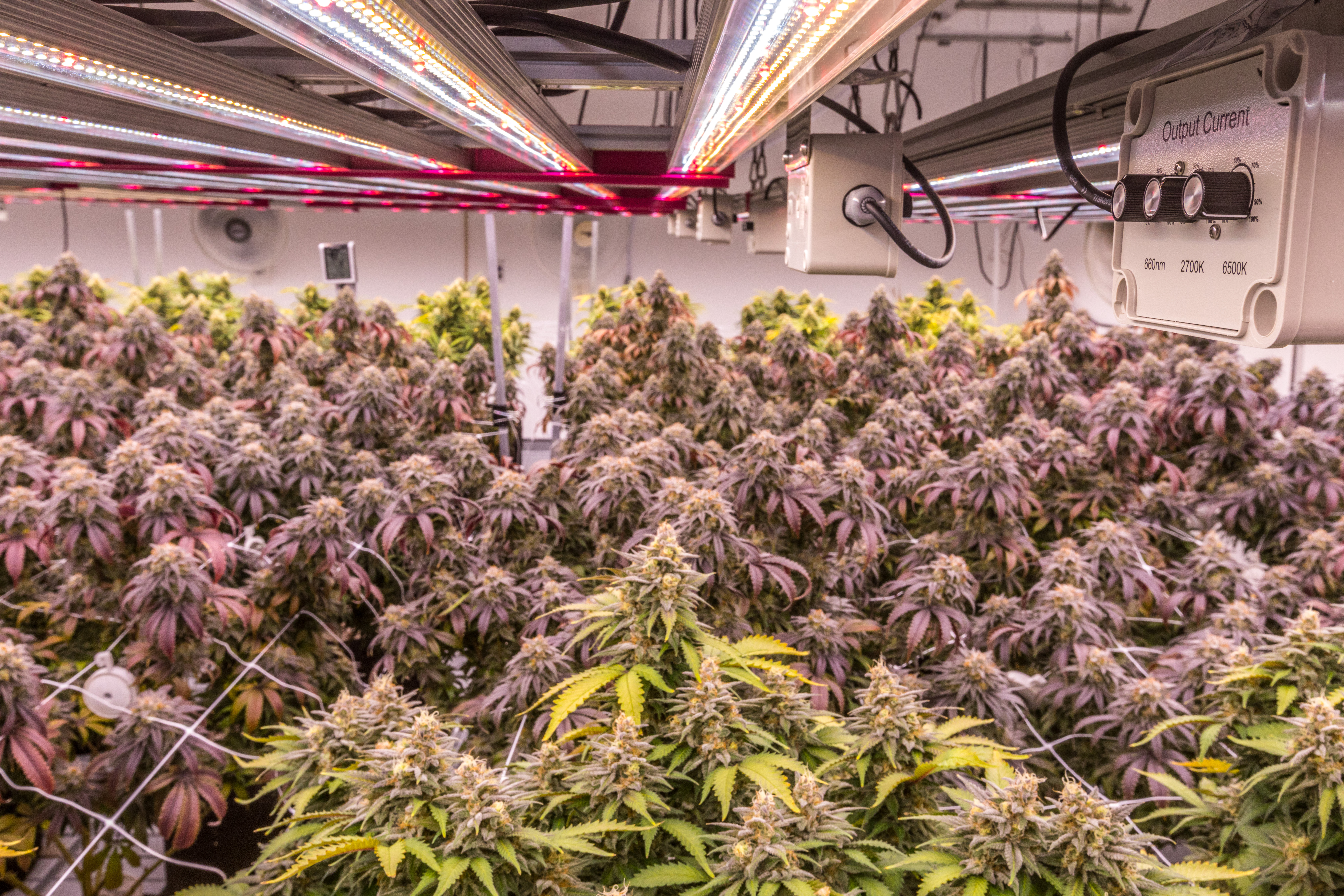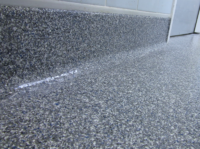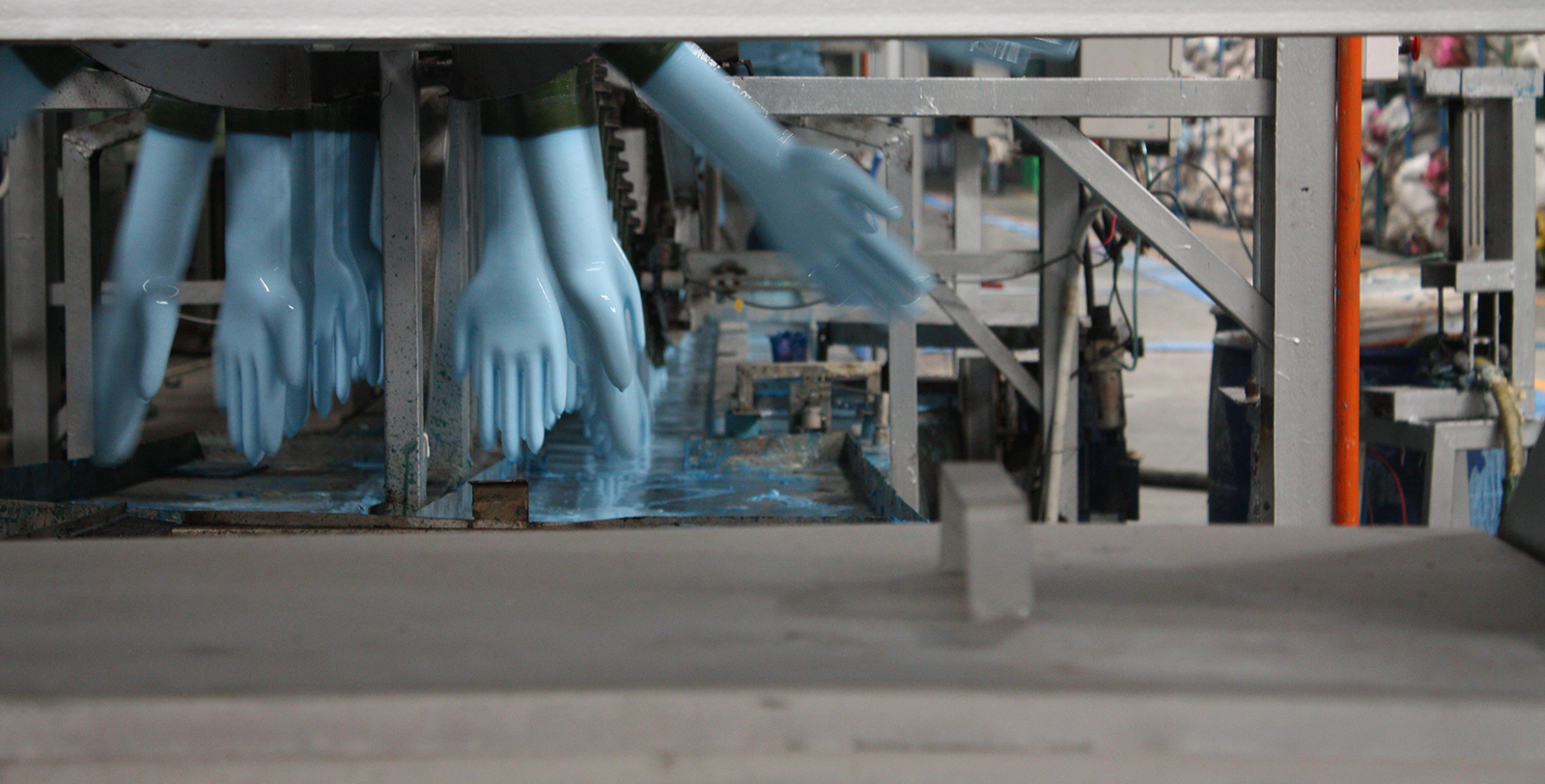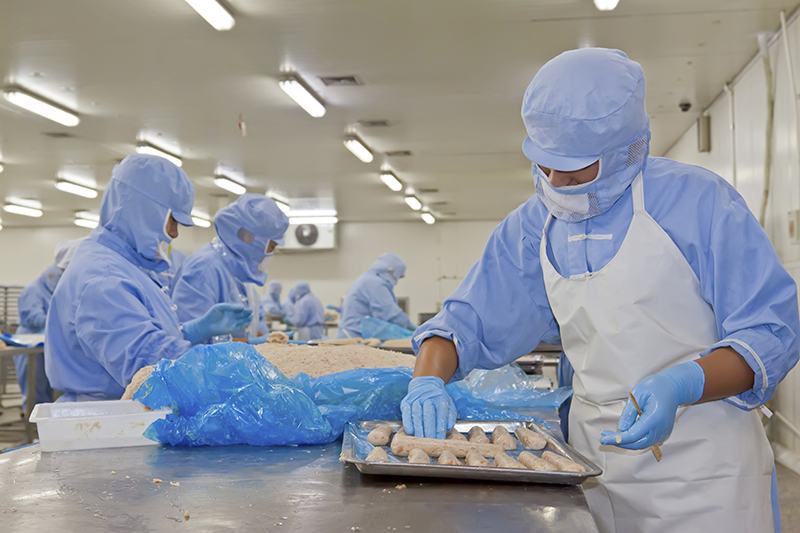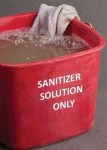Before you begin any large-scale cultivation project, you must necessarily consider the four factors highlighted below, among many others, to ensure your cultivation is successful. Failure to do so will cost you greatly in both time and money, and ultimately could lead to failure. While the four areas highlighted below may be the most important considerations to address, you should hire a cultivation advisor to determine the numerous other considerations you must deal with before you begin.
1. Genetics
Genetics will play a huge role in your cultivation plan, as they can ultimately make or break the success of your business. Access to quality, verified genetics will greatly affect your profits. All cannabis genetics grow differently and may require different conditions and nutrients. Further, consumers in today’s regulated market have greater awareness; they are much more knowledgeable about genetics and able to discern between quality cannabis versus commercially produced cannabis.
Market trends will dictate whether or not you’ll ultimately be able to sell your harvest at market rate. You need to project out at least one year in advance the genetics you will be growing. But often it is impossible to predict what consumers will be purchasing a year in advance so this part of your cultivation plan should be well thought out. Further compounding this difficulty is the fact that it may take six months to ramp up production of any given variety.
Genetics that are popular now may still be popular next year, but that also means there will be more competition for shelf space, as more competitors will also likely be growing these same genetics. Therefore, don’t rely on only one trendy variety as the bulk of your selection for the year, no matter how popular it is at the moment. Producing a single variety as the bulk of your crop is always risky, unless you have a contract with a sales outlet, in advance, for a set quantity of that one particular variety. Diversity in your genetics is beneficial, when chosen correctly.
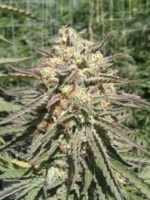 Making proprietary genetics from your own seed collection can give you a big advantage in today’s competitive market. Having a variety with a distinct, unique and desirable smell, taste, effect or cannabinoid profile will allow you to distinguish your brand amongst others. Entire brands have been built off of a single variety: Cookies and Lemontree are two examples of companies that have done this. All it takes is one really good variety to attract a lot of attention to your brand. Having your own breeding project on site will allow you to look for and identify varieties that work for you and your business model, and ultimately will help to distinguish your brand apart from others.
Making proprietary genetics from your own seed collection can give you a big advantage in today’s competitive market. Having a variety with a distinct, unique and desirable smell, taste, effect or cannabinoid profile will allow you to distinguish your brand amongst others. Entire brands have been built off of a single variety: Cookies and Lemontree are two examples of companies that have done this. All it takes is one really good variety to attract a lot of attention to your brand. Having your own breeding project on site will allow you to look for and identify varieties that work for you and your business model, and ultimately will help to distinguish your brand apart from others.
Only buy seeds from reputable breeders! Any new varieties that you are going to be cultivating should be tested out at least three times, on a small scale, before being moved into a full production model. If you are growing from seed there is always the potential for your crop to get pollinated by male plants or hermaphrodites that went unnoticed, and therefore, they could be a potential risk to your entire harvest. Treat them accordingly, i.e. by cultivating them on a small scale in a separate, enclosed area.
Buying clones from a commercial nursery can be risky. Genetics are passed from one grower to another haphazardly, and names are changed far too easily. This can create a lot of confusion as to what variety you are actually purchasing and whether you are getting the best version of the genetics. Just because a clone is called “sour diesel” doesn’t mean you’re actually getting the real, authentic sour diesel. And to further complicate things, the same clone grown in different environments can produce a noticeable difference in flavor, smell and effect depending on your cultivation method. Always try your best to verify the authenticity of the genetics you purchase. Ask about the history and origin of the particular genetics you are purchasing. Better yet, ask for pictures, physical samples, and most importantly, certificates of analysis from a laboratory, indicating the potency. In many states anything under 20% THC is going to be hard to sell, while anything over 30% will easily sell and command the highest price. It’s a good idea to have a laboratory test the terpene profile in order to verify a variety is actually what the seller purports it to be.
Knowing the source of your genetics is imperative. It will help ensure that you actually have the variety that you were intending to grow, and therefore, allow you to achieve your intended results. Knowing what varieties you are going to cultivate, before you grow them, will also give you a better idea of the ideal growing conditions for that specific variety, as well as what nutrients will be required to achieve optimum output.
2. Automated Watering Systems
Installing an automated watering system, during build out, will by far be the most cost-effective use of your money, and will save you the most amount of time in labor. An automated watering system, commonly referred to as a “drip system” or “drip irrigation,” is necessary regardless of whether you are cultivating indoors or outdoors; it will allow you to water multiple different areas at once, or only water a few specific areas of the garden at one time. Hand watering a 22,000 square-foot cultivation site will take one person eight hours every single day, on average, to maintain. However, a properly designed drip system can water an entire large-scale garden in a couple of hours, without any employees, record all the relevant data and notify you if there is a problem. This enables you more time to spend closely inspecting the plants to ensure there are no bugs or other problems present, and that your plants are healthy and thriving. This attention to detail is necessary if you want to have consistent success.
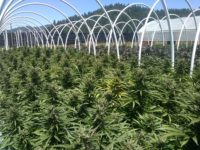
Automated watering systems not only save a great deal of time but also eliminate the possibility of human error, like over watering, which can kill an entire crop quickly. There aresoil moisture sensors that can be placed in the soil to regulate the supply of water to the plants in a precise manner. Without an extremely skilled, experienced work force, damage to plants due to over watering is very common. A drip system will reduce the threat of human error by ensuring delivery of precisely the correct amount of water and nutrients to each plant every single time they are watered.
Not all drip systems are created equally. There are different types of automated watering systems. Designing the right drip system for your cultivation site(s) can be complicated. Make sure you do your research, or better yet, work with a cultivation advisor who has experience with automated irrigation systems in conjunction with a licensed plumber, to ensure you are installing the best system for your particular set up.
Adding a fertilizer injector to your drip system can further increase the efficiency of your operation and save you money on nutrients by using only what you need and ensuring correct application. Again, automating this process will save you time and money, and reduce the threat of human error.
3. Nutrients
The types of nutrients you use and the amount of nutrients you use, are going to directly affect the quality of your cannabis flower. Conventional agriculture and Dutch hydroponic cannabis cultivation have always used salt-based fertilizers. However, they can be toxic for the plant in high amounts. While cheap and easy to use, salt- based nutrients are made in big factories using chemical processes to manufacture. They are not good for the environment, and overall, they produce an inferior product. The highest quality cannabis, is grown with organic living soil. Although seemingly contrary to popular knowledge, when done properly, cultivating in organic living soil is more cost effective than using powdered or liquid salt-based fertilizers.
Yield and quality depend on the skills of the cultivator, more than the method they are using. Having healthy plants from the start, will always yield better results, no matter what way they were grown. In my 20 years of experience I have seen plants grown in balanced living soil yield just as much as plants grown with synthetic nutrients. Further, the quality is not comparable.

Always remember, it is the quality of your flower that will determine the price it is sold for, not the yield. Even if you produce more overall weight of chemically grown cannabis, if nobody wants to purchase that product, then you are going to yield far less profit than another company growing in the same amount of space using organic practices that yield a higher quality product.
The difference in quality between plants grown in balanced living soil versus any other method of cultivation is undeniable. It is really easy to post a pretty picture of a flower on Instagram but that picture doesn’t tell you anything about what went into producing it. When flower is produced using chemical nutrients, it is likely going to be harsh and not enjoyable to smoke. Lesson learned: don’t judge a bud by an Instagram photo! There is a stark difference between cannabis grown using synthetic nutrients versus cannabis grown in living soil. Once you’ve experienced the difference you will never want to consume cannabis that is grown any other way.
4. Plant Propagation
Having the ability to propagate your own clones, from mother plants that you have cultivated, can save you a staggering amount of money. In some states, having a cultivation license allows you to produce your own clones for your cultivation, while having a nursery permit will allow you to sell clones for commercial sales to other companies. The average price of a wholesale clone is around eight dollars. If you require 5000 plants for every harvest, that’s a $40,000 expense you must bear, every grow cycle. This can obviously add up quickly. And as previously mentioned there’s the risk of purchasing inferior genetics or unhealthy plants, both of which greatly affect your profit margins.
On the other hand, the cost of materials and labor to produce a healthy clone can be as low as one dollar when using advanced cloning techniques. Controlling your clone supply can ensure they are healthy and allow you to know exactly what you are growing each time. Further, it doesn’t take a lot of space to propagate your own cuttings. In a 400 square-foot space one could produce between 5,000 to 10,000 clones per month, all of which could be maintained by one person depending on your situation.
And last but definitely not least, the most important thing you can do to ensure the success of your cultivation, is hire an experienced knowledgeable grower who is passionate about cannabis. The success of your company depends on it. You need someone with the knowledge, experience, and skills to make your cultivation dreams a reality. You need someone who can plan your build-out and cultivation to ensure success from the start. And you need someone with the skills to handle the multitude of inevitable problems that will arise in a cost effective and efficient way.
These are just some of the many considerations you must account for when planning a large scale grow in the regulated market. An experienced cultivation advisor can help you with these, and many other considerations you will need to contend with before you begin your grow. Creating a well thought out plan at the outset can end up saving you thousands, if not hundreds of thousands of dollars down the road.










